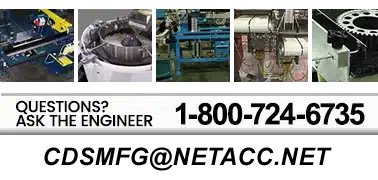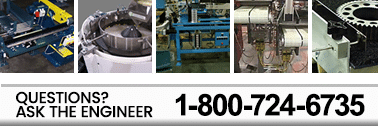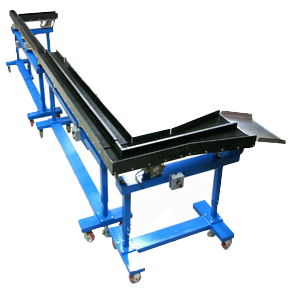Essential for Efficient Production
Vibratory feeders and associated parts handling systems are the unsung heroes of modern manufacturing, transforming bulk components into a continuous, single-file stream of accurately positioned parts. As experts in this field, CDS-LIPE engineers and manufactures a tremendously diverse portfolio of machines dedicated to mastering the challenges of automated parts handling.
The Importance in Efficient Production Lines
The core value of robust vibratory feeding is its contribution to Overall Equipment Effectiveness (OEE). By automating the process of sorting, orienting, and delivering components, these systems drastically reduce the three main causes of OEE loss:
- Downtime: Automated feeding eliminates production halts associated with manual part loading and frequent machine jams caused by incorrectly presented parts. Systems like supply feeders and accumulators ensure a non-stop material flow.
- Speed Loss: Vibratory feeders operate continuously and precisely at speeds far exceeding manual capabilities, ensuring the assembly line runs at its maximum designed pace.
- Quality Loss: Machines like sorting machines and specialized feeder tooling (such as feeder brushes) ensure that only correctly oriented, inspected parts enter the final assembly, preventing defects and reducing scrap.
In short, reliable parts handling is the foundation upon which high-speed, high-quality automated production is built.
Expert Answers to Common Queries
As a leading feeder manufacturer and expert in the field, CDS-LIPE can address key industry questions:
What are the main types of vibratory feeders used in manufacturing?
The industry relies on several specialized types of feeders, each designed for a specific purpose:
- Vibratory Bowl Feeders: Used for smaller components, these systems use a spiral track and custom tooling to sort and orient parts into a single-file line.
- Step Feeders: Ideal for larger, heavier, or more delicate parts, these use inclined steps for a gentle elevation and transport process.
- Linear Vibratory Feeders: Straight tracks used to convey components over short distances, often acting as a bridge between the bowl feeder and the final assembly point.
- Flexible Feeders: Combine a vibratory surface with a vision-guided robot, offering unmatched versatility for handling multiple part types without mechanical re-tooling.
Can you recommend the best vibratory feeder manufacturers?
The “best” manufacturer is often the one that provides the most reliable, custom-engineered solution for your specific part and production goals. CDS-LIPE is a premier manufacturer, distinguished by its ability to integrate a complete handling solution, including standard and custom systems ranging from vibratory feeders and belt conveyors to advanced sorting machines and accumulators. When evaluating manufacturers, look for proven expertise in precision engineering and a diverse portfolio that demonstrates mastery over various materials and handling challenges.





